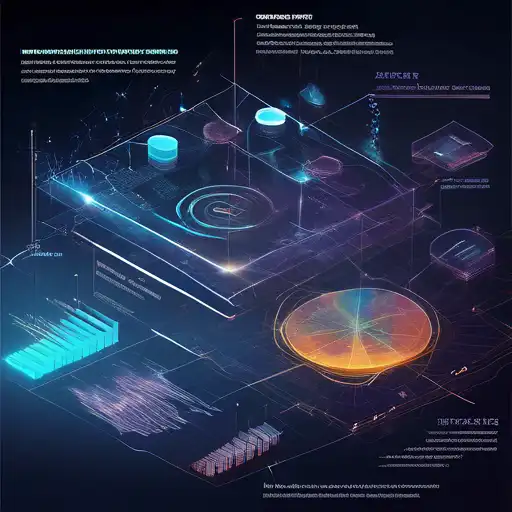Introduction to Data Visualization
In the era of big data, the ability to visualize complex datasets in an understandable and actionable manner is invaluable. Data visualization techniques enable businesses and researchers to uncover patterns, trends, and insights that might otherwise remain hidden in raw data. This article explores the most effective data visualization techniques for better insights.
Why Data Visualization Matters
Data visualization transforms numbers and metrics into visual contexts, such as charts, graphs, and maps, making data more accessible and easier to understand. It plays a crucial role in decision-making processes across various industries, from healthcare to finance.
Top Data Visualization Techniques
1. Bar Charts and Column Charts
Bar and column charts are among the simplest yet most powerful tools for comparing categories of data. They are ideal for showing changes over time or differences between items.
2. Line Graphs
Line graphs are perfect for displaying data trends over periods. They are commonly used in stock market analysis, weather forecasting, and other time-series data.
3. Pie Charts
Pie charts are best suited for showing proportions and percentages within a whole. They help in understanding the distribution of data at a glance.
4. Scatter Plots
Scatter plots are used to identify the relationship between two variables. They are invaluable in statistical analysis and predictive modeling.
5. Heat Maps
Heat maps visualize data density or intensity across two-dimensional spaces, making them ideal for geographical data or website user behavior analysis.
Advanced Techniques
For more complex datasets, advanced techniques like interactive dashboards, 3D modeling, and real-time data visualization can provide deeper insights. Tools like Tableau, Power BI, and D3.js have made these techniques more accessible to non-experts.
Best Practices for Effective Data Visualization
- Keep it simple and avoid clutter.
- Use the right chart type for your data.
- Highlight key information.
- Ensure your visualizations are accessible to all audiences.
Conclusion
Effective data visualization is key to unlocking the stories hidden within your data. By employing the right techniques and tools, you can enhance your analytical capabilities and make more informed decisions. Remember, the goal is not just to present data but to make it understandable and actionable.
For more insights on data analysis, check out our guide on business intelligence.
